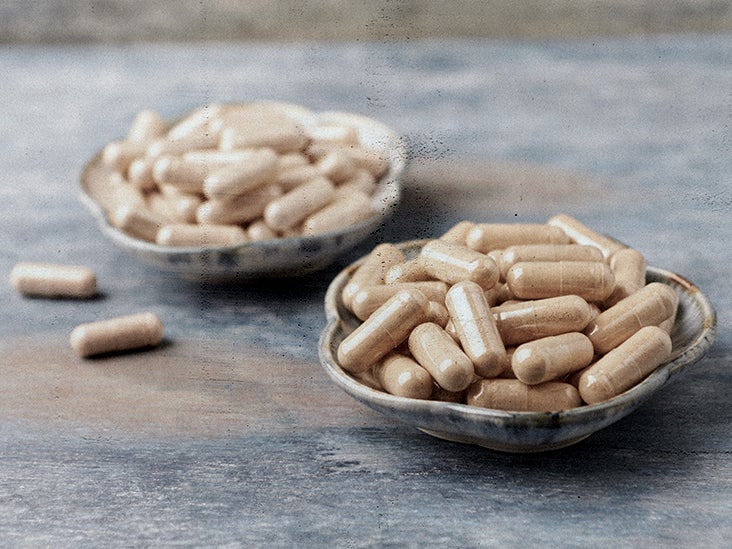October 2018
Stephen P Juraschek, MD, PhD, Karen White, RD, Olive Tang, AB, Hsin-Chieh Yeh, PhD, Lisa A Cooper, MD, MPH, and Edgar R Miller, III, MD, PhD
Abstract
Objective
To examine whether partially replacing one’s diet with DASH-related foods in the home environment lowered uric acid (SUA).
Methods
We conducted an ancillary study in a randomized trial of African Americans with controlled hypertension from an urban clinic. Participants were assigned to either a control or intervention (DASH-Plus) group.
The control group received a DASH brochure and a debit account of $30/week to purchase foods. DASH-Plus participants received coach-directed dietary advice, assistance with purchasing DASH-related foods ($30/week), and home food delivery via a community supermarket. SUA was measured at baseline and after 8 weeks.
Results
Of the original 123 randomized participants, 117 had measured SUA. Participants were 70% women and mean age 59±9.5 years with a mean SUA of 6.4±1.7 mg/dL. DASH-Plus did not reduce SUA compared with control (difference-in-difference was −0.01 mg/dL; 95% CI: −0.39, 0.38).
However, there was a significant trend toward greater SUA reduction among participants with higher baseline SUA (P-trend=0.008). Baseline changes in SUA were inversely associated with changes in systolic blood pressure (P=0.002), diastolic blood pressure (P=0.001), and urine sodium excretion (P=0.05).
Conclusions
Overall, partial replacement of diet with DASH foods did not lower SUA compared with control. However, there was a significant trend toward greater SUA reduction among those with higher baseline SUA. Furthermore, changes in SUA were associated with known correlates, suggesting heterogeneity of effects in treatment and control arms.
Future pragmatic studies of the DASH diet to lower SUA should optimize replacement strategies and enroll people with hyperuricemia or gout.











